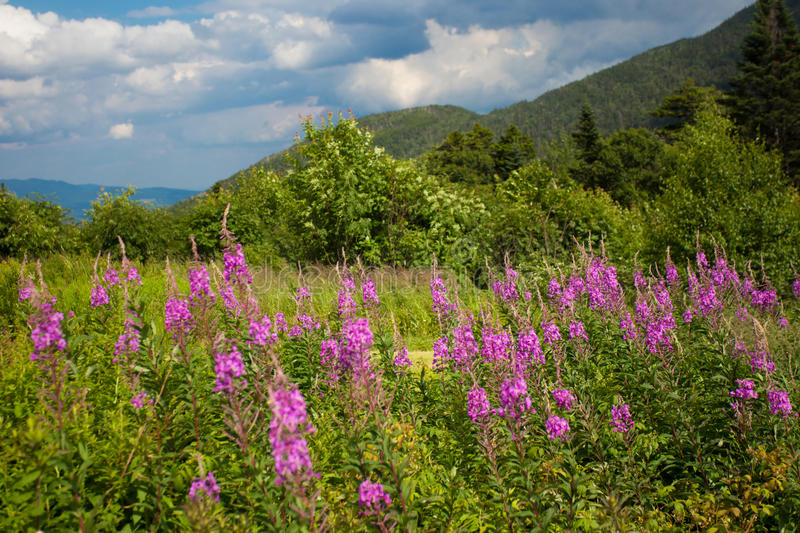The Tourists are Coming! Where are the Workers?

New Hampshire’s tourism industry didn’t just rebound from the disruption of the pandemic in 2020, it set new record highs for both the number of visitors and the amount of money they left behind in 2021 and 2022. Visitor spending in NH plummeted from $5.9 billion in 2019 to $4.6 billion in 2020. However, by 2021, visitor spending skyrocketed to $6.3 billion.
And while state and industry officials expect that influx of tourists to continue this year, the big question is whether there will be enough workers to serve them drinks, turn down their beds and take their tickets.
Lori Harnois, NH Travel and Tourism director, says finding enough labor is a huge struggle for NH’s tourism industry, and that the high cost of housing is exacerbating the problem. The state hopes to alleviate some of that pressure through the InvestNH program, a $100 million initiative funded with federal COVID relief money and designed to spur the creation of affordable housing. Harnois says her division is also working to help develop “creative assets,” such as images and videos, which can be used by small businesses in their recruiting efforts.
There are plenty of customers coming through the front doors of the state’s tourism-related businesses, says Mike Somers, president of the NH Lodging and Restaurant Association. The challenges for those business owners relate to back door issues, in the form of costs and staffing.
“It’s not about high labor costs, it’s a lack of labor. The demand for labor is incredibly high,” Somers says. Add in rising costs of electricity and other necessary expenses, and business owners are “working harder than they ever have, and they’re making less money,” he says.
There are signs this will be a strong season. Somers says the supply chain issues that bedeviled so many businesses in 2021 seem to have resolved, and there’s hope that energy prices will moderate.
New Hampshire primarily attracts visitors from the Northeast, and Harnois says marketing efforts are underway to attract additional visitors from within a six-hour drive, such as New Jersey and eastern Pennsylvania. And the state is also focused on drawing more international visitors, a segment that has yet to return at pre-pandemic rates. “We are working to build back visitation from eastern Canada and the international market,” Harnois says.




